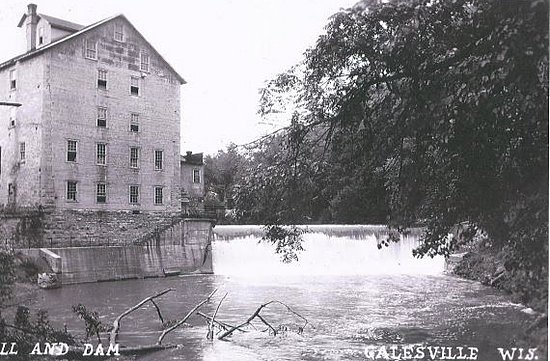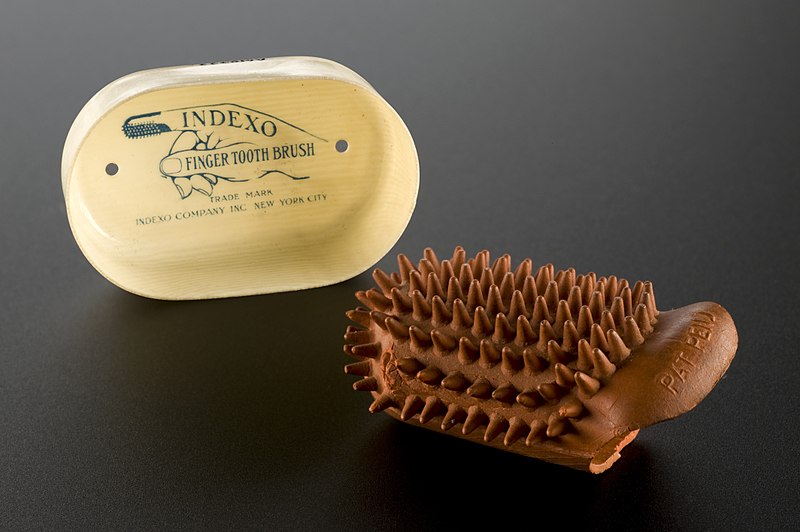by Connie Cortright

My second book starts with a scene where Romy Iverson goes to the local feed mill, but I'm wondering how many readers actually know what a feed mill is these days.
In many small towns, feed mills were a place for men to congregate to get the latest news of the week. Of course, the farmers brought homegrown corn or oats there to get ground into pig feed or cow feed, but the feed mills were more than that.

In the early twentieth century, agriculturists learned the importance of an animal's diet on how fast they grew or how much milk they produced. The scientists developed formulas for fodder for each animal, adding natural raw nutrients to the corn and oats to reach specific requirements for each type of animal. Farmers were encouraged to bring their homegrown grains to the mills to get ground up and the nutrients added to reach a more balanced diet.
In the nineteenth century and into early twentieth century the feed grinders at the mills used buhr mills - commonly known as millstones. The grain would be fed in between two large stones and crushed into smaller pieces for the cows to eat. Then the other nutrients would be added to the fodder. They would often be located beside rivers, using water to power the mill wheels.
 |
| Hammer mill -Courtesy of Wikimedia Commons |
In the 1930s, companies such as Gehl invented hammer mills to grind the grain. The Gehl Grain Grinder was installed at local feed mills using hammer bars connected to high speed rotating discs. The centrifugal force of the discs made the hammer bars swing, crushing the grain into pieces small enough to fall through a screen into the hopper where the nutrients were added.
Men would bring their grain to the feed mill early in the morning and sit around a potbelly stove in the feed store sharing the latest news or concerns about the economy and politics. Many of these feed mills in communities formed co-ops, where limited supplies could be purchased in their stores.
I wonder if the feed mill workers knew as much about the farmer's lives as hairdressers knew about women's lives. I'll let you decide by reading a short portion of "Lead Me Home":
The mill was crowded with the usual Saturday morning
busyness. Romy backed his 1928 Ford truck to the hopper with caution. Pa would
detect a new scratch on the seven-year-old vehicle in no time, even though the
truck had taken a beating many times before. On the opposite end of the lengthy
building, other farmers were parked at the loading dock, packing bags of feed
into their trucks. They must have arrived before first light.
“Howdy, Ralph.” Romy shivered as the cold March wind crawled
down his neck before he got a chance to button his ragged brown coat. No money
for a new one these days. He grabbed his shovel and jumped into the back of the
truck. “Pa wants this corn ground up.”
“Got it. We s’posed to add anything to it?” Ralph lowered
the tailgate.
“The usual, plus one hundred
pounds of oats. We’re out already.” Dust invaded Romy’s nostrils as he shoveled
corn into the hopper.
“Looks like you’re in a hurry there.” Cackling, Ralph
grabbed a shovel and jumped into the back to help. “I bet you’re goin’ to meet
a doll. You’re always looking for pretty girls.”
“Oh, baloney, Ralph. You don’t have to pester me about dames
every time you see me.”
“Sure I do.” Ralph wiped his forehead with his bandana.
“Since I’m your Pa’s best friend, I have to help him keep you in line when
you’re in town.” Scraping the last of the corn from the truck bed, he slapped
Romy on the back. “You’ll get over your shyness someday.”
Romy shook his head. If only. “I’ll be back in an hour to
pick up the feed.” He jumped to the ground and headed toward the front of the
truck. “Thanks for the help.”
Information taken from:
antique-hammer-mill and
Klema Feeds History
 Many developments earlier in the century made trips to the dentist somewhat safer by the 1930s. Novocaine has been used in the U.S. since 1907. Amalgam fillings were used also earlier in the century.
Many developments earlier in the century made trips to the dentist somewhat safer by the 1930s. Novocaine has been used in the U.S. since 1907. Amalgam fillings were used also earlier in the century. Fluoride was developed in the 1930s and became commonly used by most cities in the country to prevent cavities. Fluoridated water was commonplace by the time I was a little girl and probably saved many children from having to use all these scary looking dental tools.
Fluoride was developed in the 1930s and became commonly used by most cities in the country to prevent cavities. Fluoridated water was commonplace by the time I was a little girl and probably saved many children from having to use all these scary looking dental tools.
_(14581887317).jpg/1280px-The_Dental_cosmos_(1914)_(14581887317).jpg)





